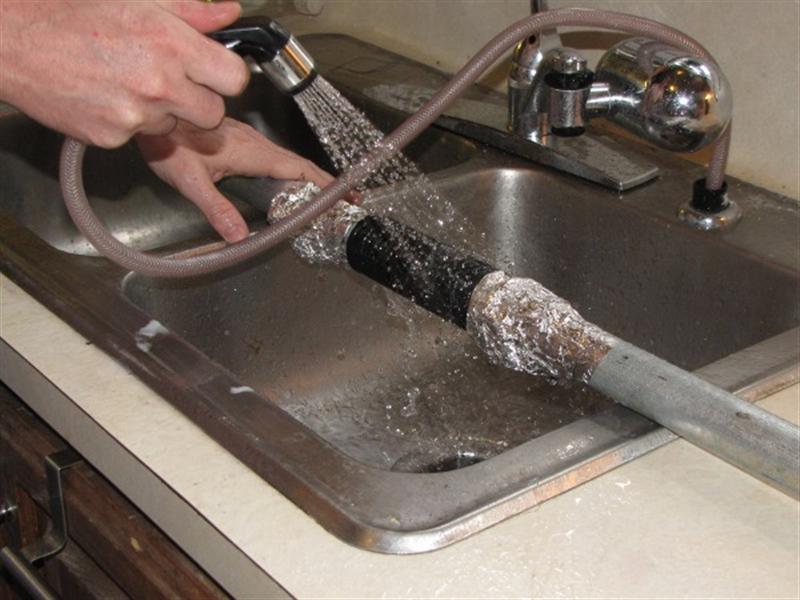I really heart coiled cords. I think coiling is a very elegant way of dealing with the problem of unsightly slack cables, and often I find myself wishing that this or that appliance had come with a coiled cord. Replacement cords that are factory-coiled can usually be purchased and installed (if necessary), but that may be an unnecessary expense because, with some simple tools, it is easy to coil a straight cord yourself.
Update: Thanks to tips from Bart Patrzalek and Brian Adams, this is now a two-part guide. The second part describes how to reverse the coil using a hand drill for even tighter curling!













